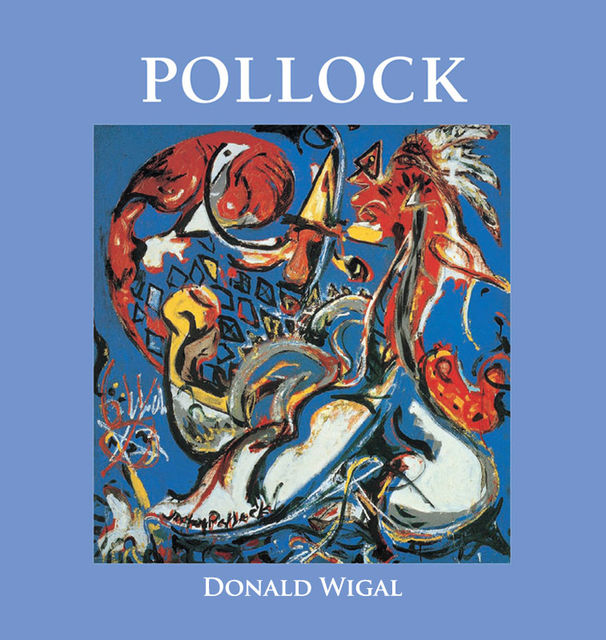Jackson Pollock
101 afgedrukte pagina’s
- Auteursrechteigenaar
- Parkstone International
- Oorspronkelijke uitgave
- 2006
- Jaar van uitgave
- 2011
- Uitgeverij
- Parkstone International
Impressies
- Catherine Annie Tatedeelde een impressie5 jaar geleden👍De moeite van het lezen waard💡Heel leerzaam🎯De moeite waard
Arts graduates appreciation token goes to this book
Citaten
- Naomi Sotelociteerde uit4 jaar geledencycles of Pollock’s life and art overlap at times, sometimes appearing to have the ambivalent traits of a child-man, angel-beast, and creator-destroyer. Many observers of his work are both kept at a distance by what is ugly and yet pulled into what is beautiful in the realities
Esto es importante.
- Naomi Sotelociteerde uit4 jaar geledenMany of the events in Pollock’s life and much of his radically new art proved to be mystically profane and ugly, yet awesome. At times the artist, like his art, appears to be innocent, graceful and sensitive. At the same time, his life and art might seem to be crude, macho and abrasive. The biographer Andrea Gabor considers him to be “brilliant and naïve, gentle and aggressive, vulnerable and destructive.”
- katiadolzhenkociteerde uit5 jaar geledenApparently, Pollock was unaware of her awe of him as an artist. Kligman mentioned that after she was with Pollock for several days, he surprised her by asking if she knew he was a painter.
fb2epub
Sleep je bestanden hiernaartoe
(maximaal 5 per keer)


